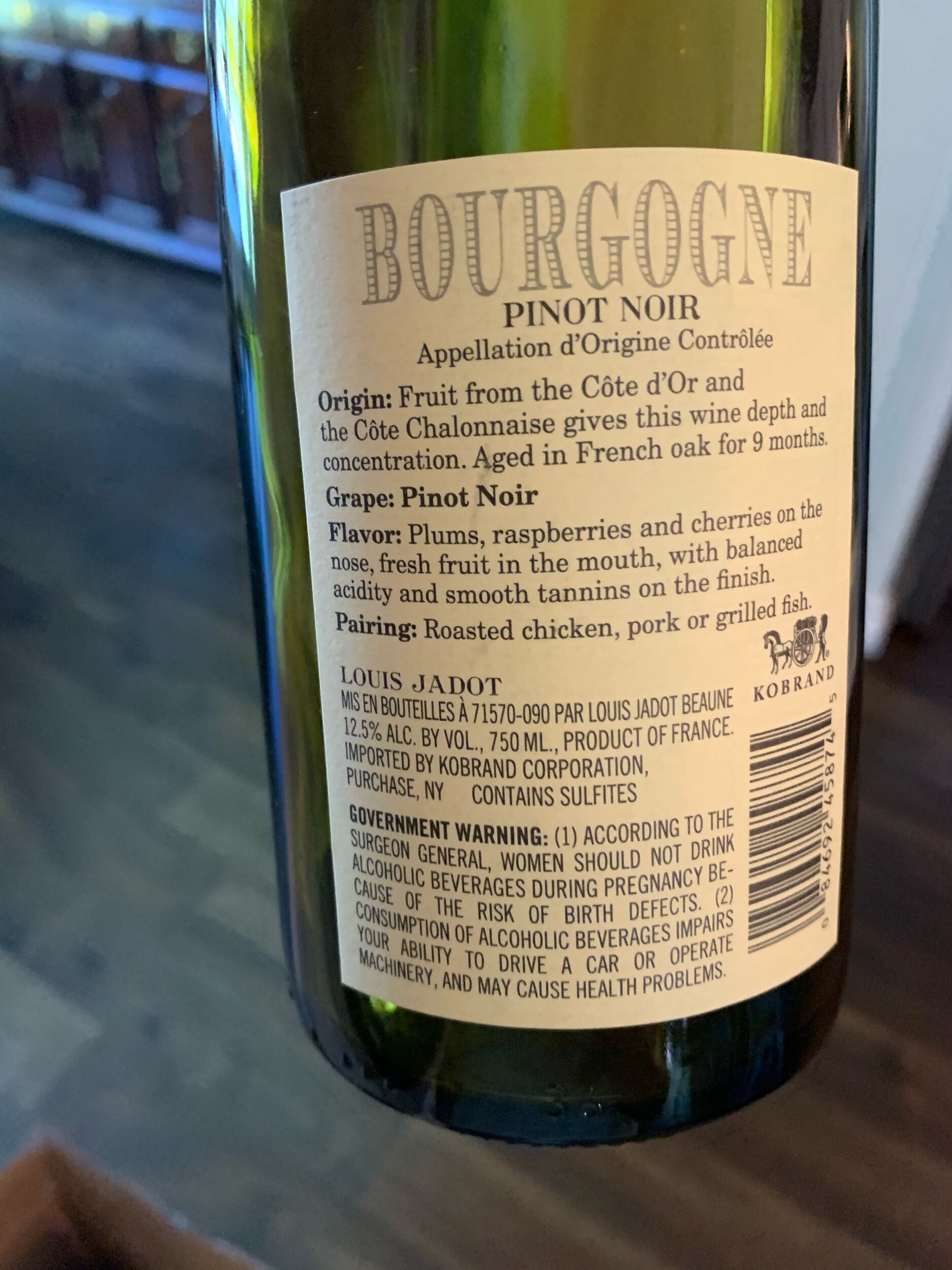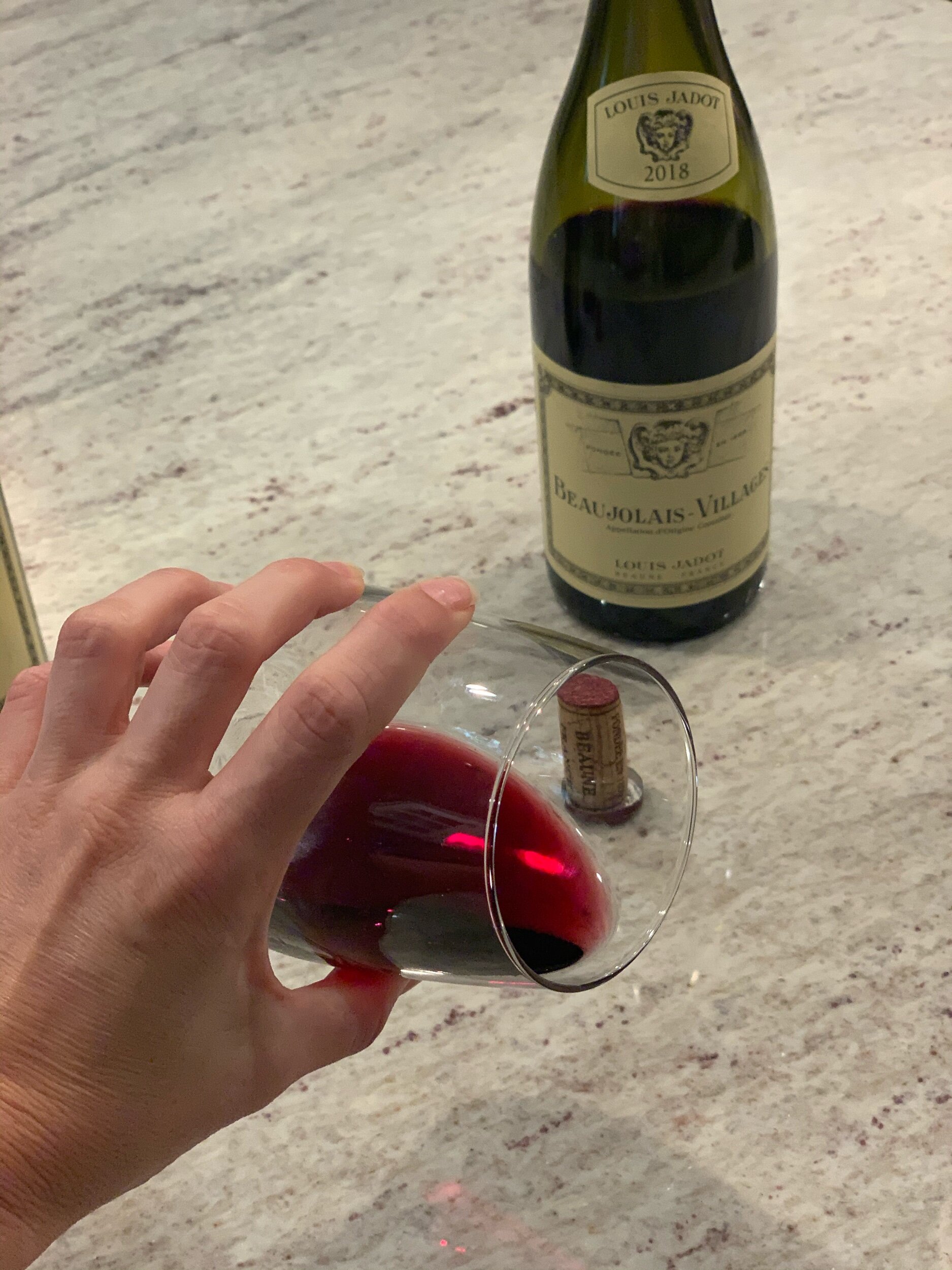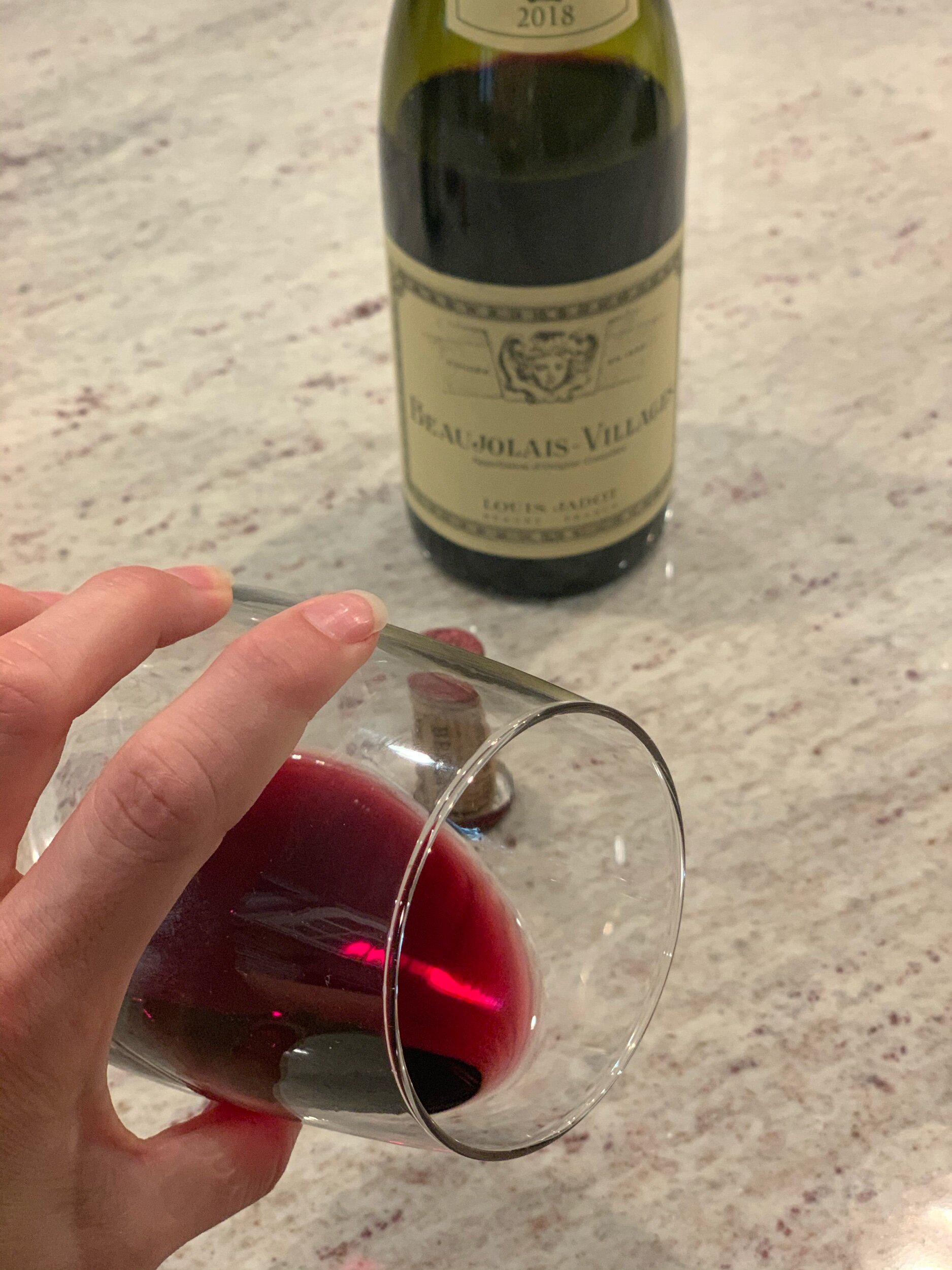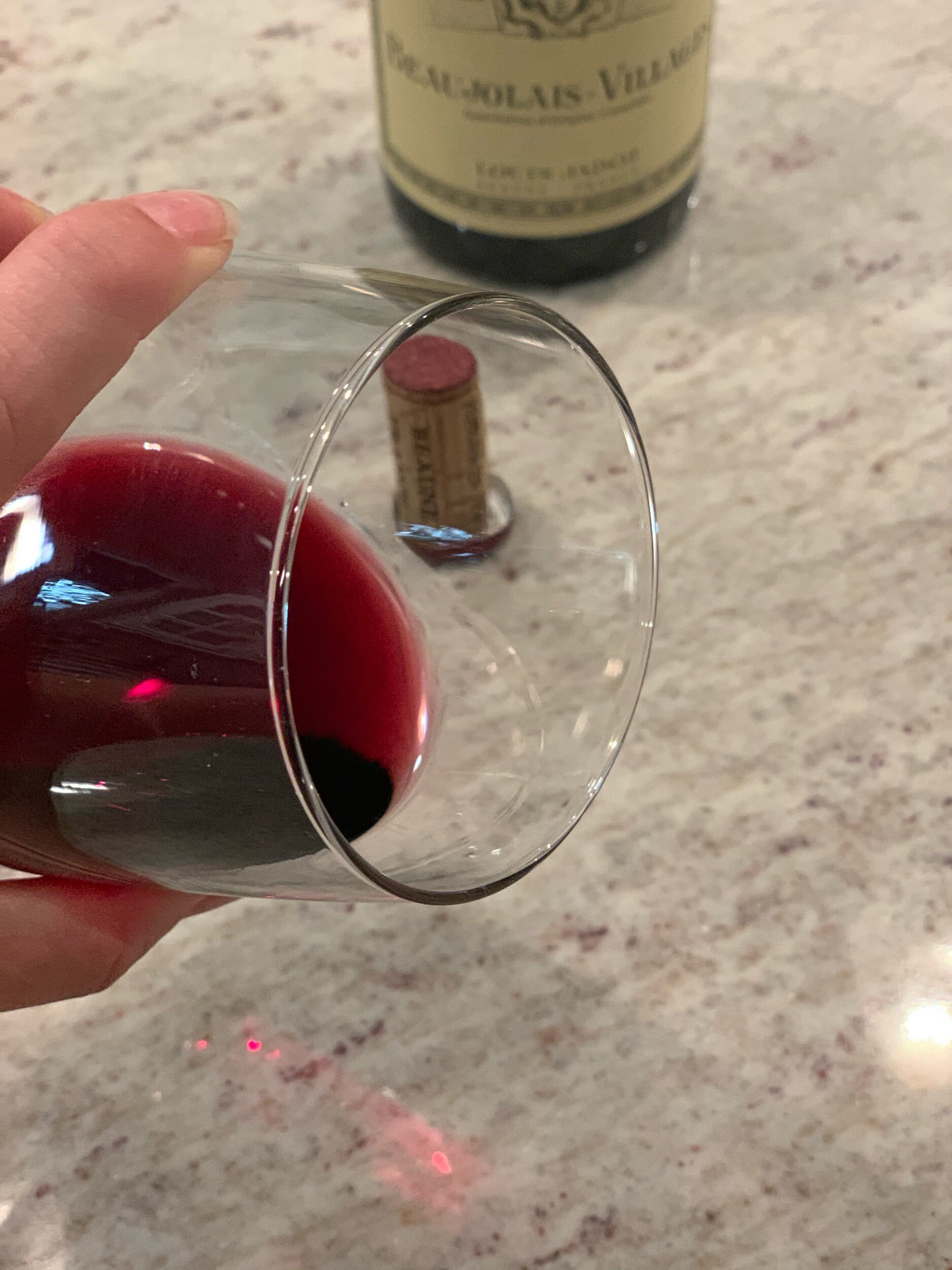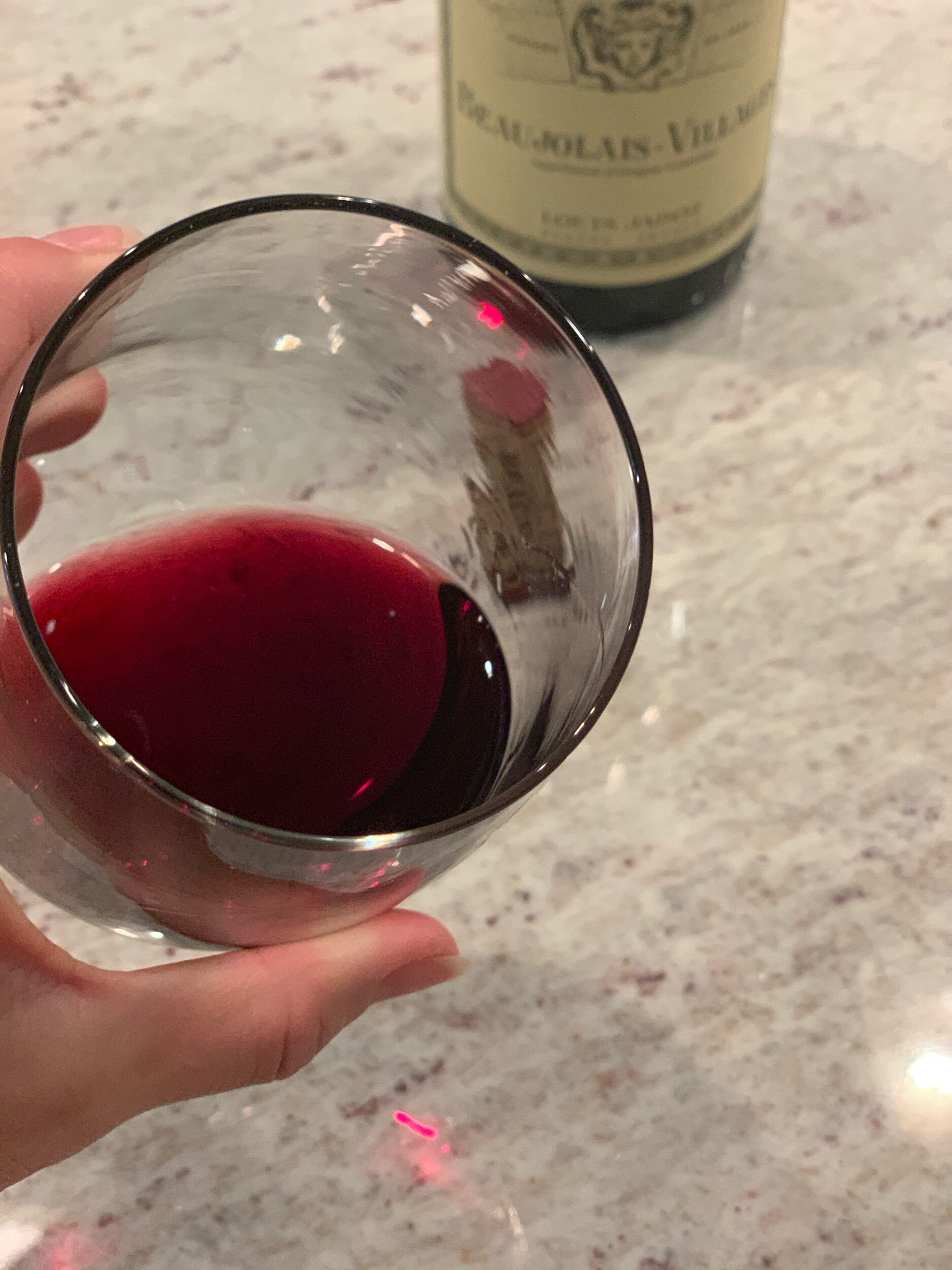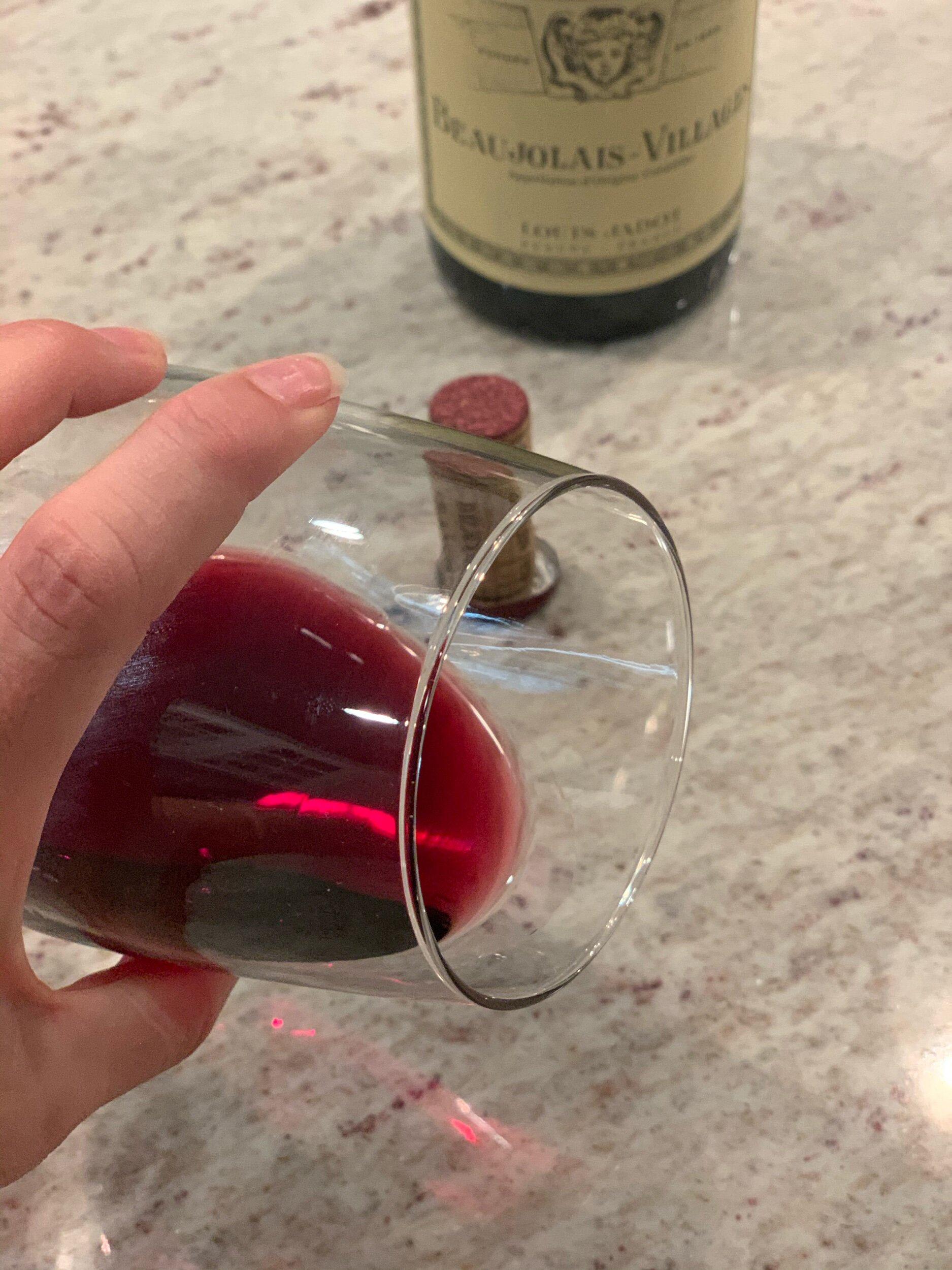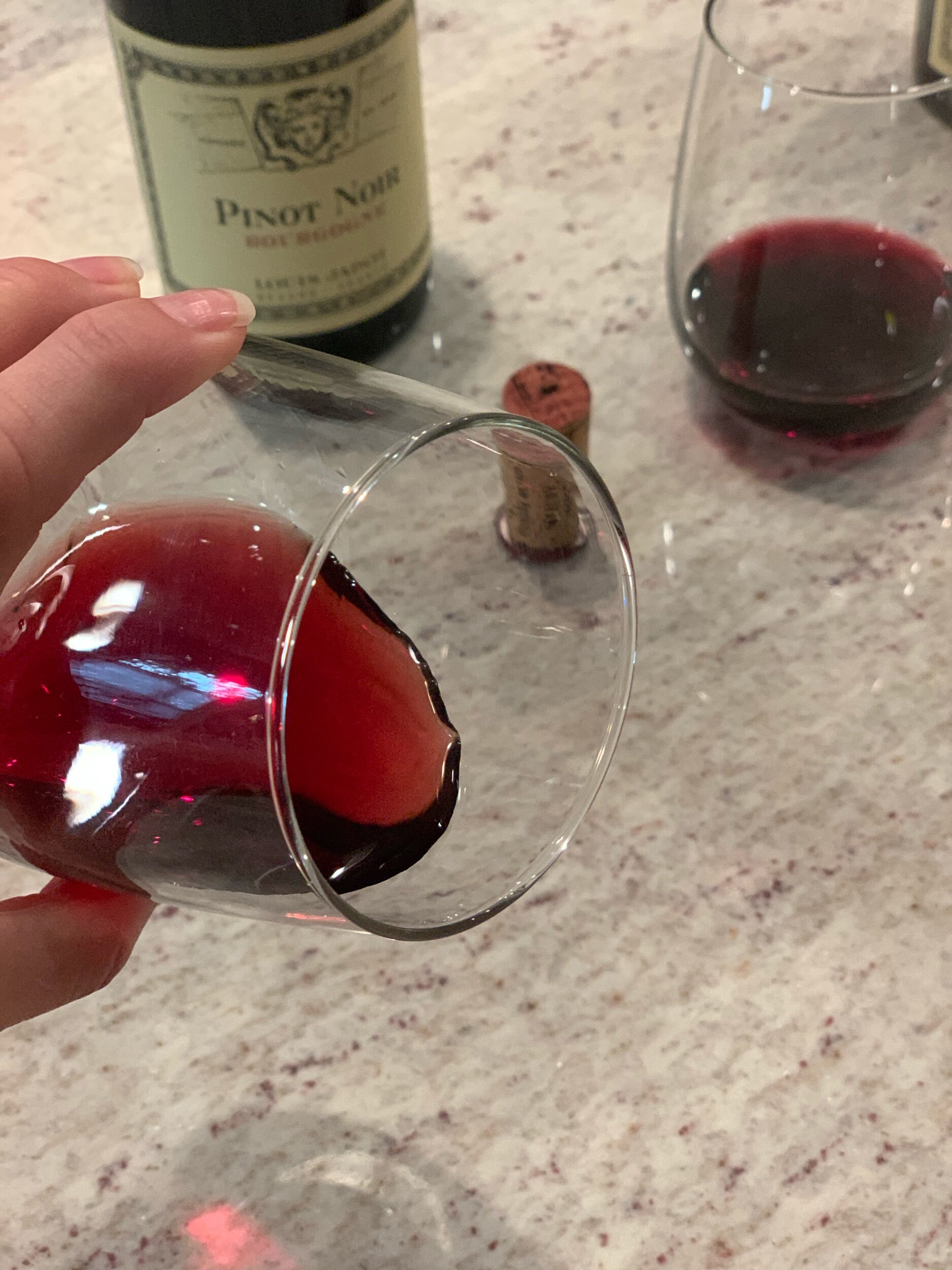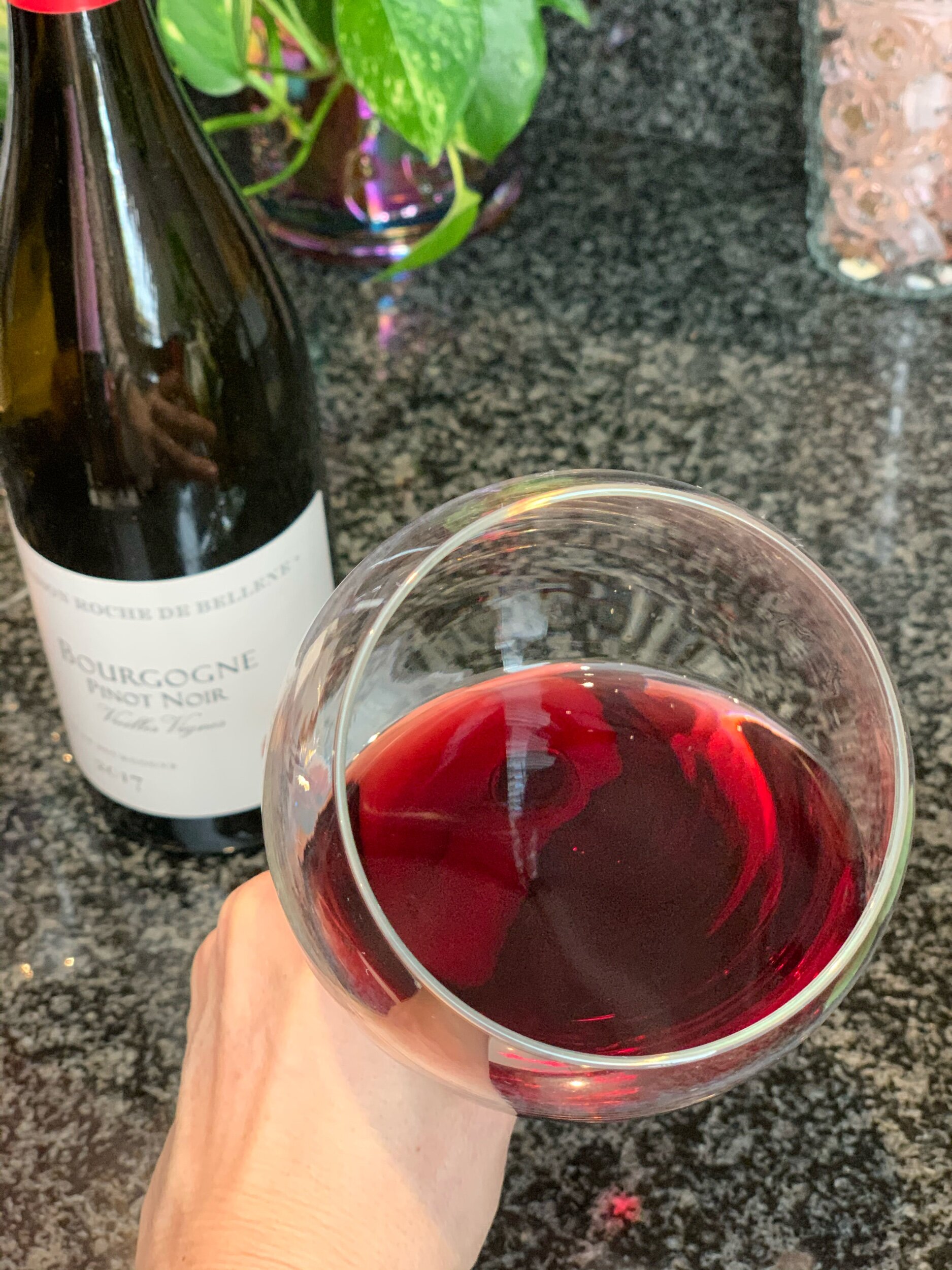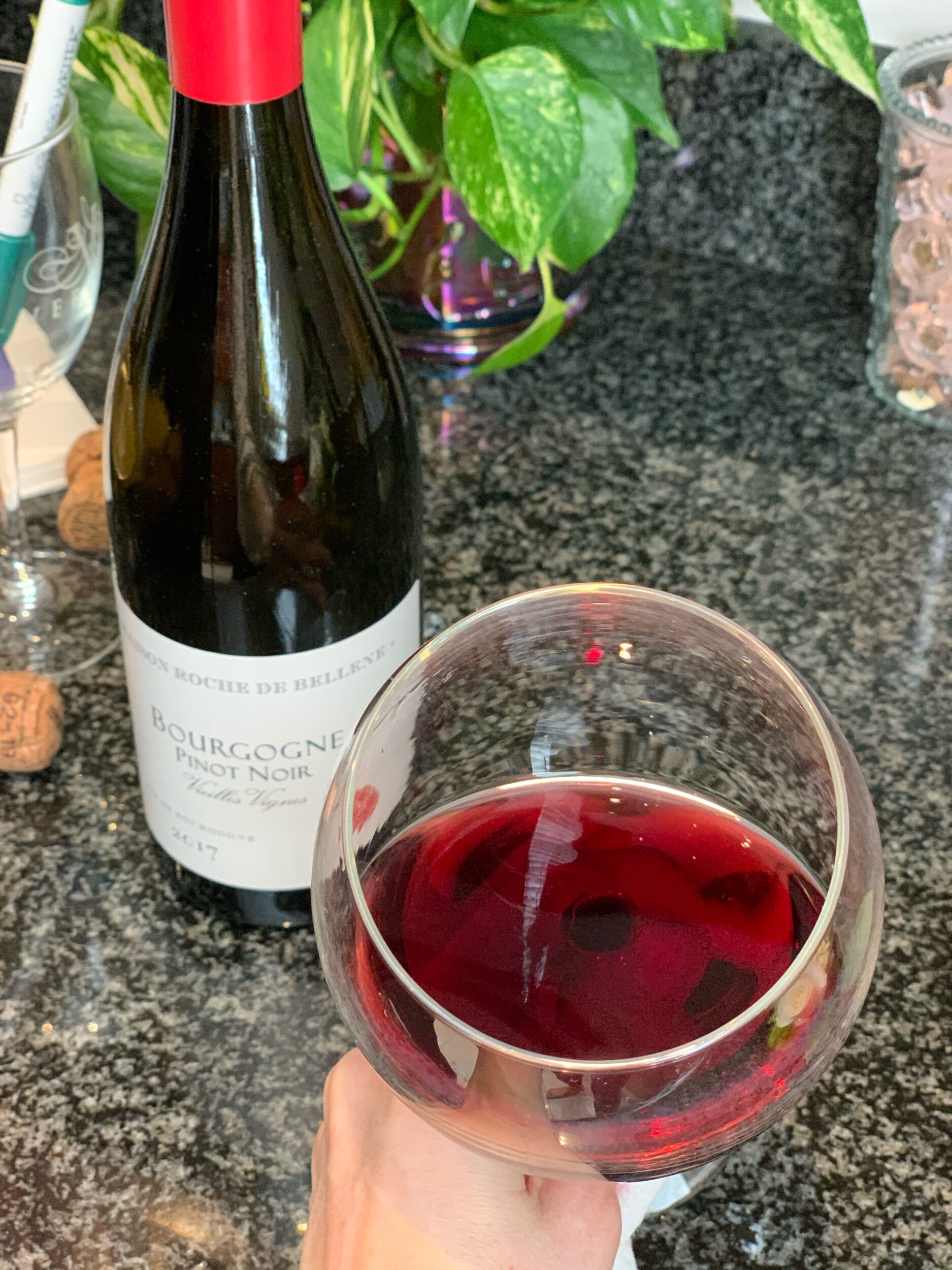All Shades of Burgundy, including the Beautiful Beaujolais
The coveted home of the world’s best Pinot Noirs, Burgundy is the beginning of this wine’s “best in class” reputation and haven to two of the leading modern-day grapes, including the White Burgundy, Chardonnay.
France established many modern-day understandings and institutions of wine. The culture is proud of their vinicultural history and works hard to remain elite in its winemaking traditions.
Though it’s not the largest country when considering the total area of land, France formulates the concept of terroir and the importance to understand the beginning base of winemaking. Terroir translates to the “taste of the soil” from its full term, “gout de terroir.” Understanding the difference from a wine grown in limestone, chalk, or slate authenticates the historic appreciation and classification of wines. The Burgundy region is limestone country resulting in the minerality and complexities to this region’s elegant wines.
Burgundy specializes in a smaller range of grape varietals and only produces about half the amount of its opposing region Bordeaux (and by opposing, I simply mean opposite side of the country - east & west.)
Found along the western shores of the Saone River that eventually flows into the Rhone River, the Burgundy region is about 100 acres in central France near the eastern border. Closer to Switzerland just above Italy, the wines of Burgundy are considered to be much more complicated. I would love to visit both regions to see the differences between the appellations as described in the textbooks I read. It seems each village makes their own wine. The Burgundy vineyards within the local villages divide even further among several owners. The wineries themselves may even be found within the towns versus on the vineyard land. This reminds me a lot of the Napa Valley wine tastings you may visit within the quaint towns of northern California versus visiting their vineyard grounds.
What I love about Burgundy wines, just like Bordeaux, is the rest of the world’s desire to grow similar varietals and make wine in their traditional style.
You’ll read more in my following posts as we taste new versus old world Pinot Noir and found many to grow and produce their wine in Burgundy fashion.
But tell me more about Beaujolais
Just like the bourbon & whiskey definition, all Beaujolais is Burgundy but not all Burgundy is Beaujolais. Beaujolais is a subregion of Burgundy located at the southern end of the Saone River. Unlike the rest of Burgundy, where Pinot Noir and Chardonnay reign supreme, 99% of Beaujolais vineyards are planted with the black grape Gamay.
The Gamay grape is a crowd-pleaser whenever you’re not quite sure what to serve. At a more reasonable cost than its neighboring wine - Pinot Noir, Gamay can be more consistently grown and is created as a more palatable comparison - or at least you know what you are going to get!
A wine company we adore, which completely suits their tag “love jadot,” is Louis Jadot.
With the number of times I open their bottles, my mother has started to recognize the wine.
“I don’t know what it is, but I remember I like it” is something she often says as I pour. Beaujolais Villages is 100% Gamay with an easy-drinking, smooth, and non-overwhelming taste.
This wine is best on a Sunday afternoon or Thursday evening by the fire on a summer, spring, fall, or winter kind of night and palatable with cheese, light & gamey meat, poultry, or almost any traditional meal.
As you can see, we can always find a time to pour some more and enjoy Louis Jadot Beaujolais Villages, no matter the occasion.
Gamay is easier to sip than many red wines, and if you closely pay attention, you may come across some natural aromas of plum, cherry, violet, and light spice. What makes this wine different is Louis Jadot Beaujolais Villages handpicks the grapes in whole bunches and performs cold-soaking longer than usual, which may be why many of us enjoy it more than others.
You may recognize the name “Beaujolais” from the celebrated “Beaujolais Nouveau.” Beaujolais is the source of Beaujolais Nouveau, France's first wine release of the year. This is quite a fun story and one I always like to share, though I’m still in search of the best Beaujolais Nouveau to serve and savor at my next party, as many we find in the states at larger wine stores do not have as much fun or flavor to take home and pour. Beaujolais Nouveau wines are lighter as they are produced in the first 60 days at the end of harvest. Many say it is the best wine to serve over Thanksgiving dinner due to its recent release and light complexities, so I’ll continue my search and dive deeper into the story during our next Thanksgiving harvest pour.
Many say Beaujolais is “a fun, affordable, and very approachable red wine. Perfect for those beginning their red wine adventures, with lots of fruit flavor, low tannins, and general palate appeal. You can pick up a Beaujolais for $8 to $20. These are terrific warm weather wines.” I can’t but agree with their description which is why I had to directly copy & link back to their address! Cheers & thank you for the bullseye description! (A wine supplier’s website I must toast to their incredible French region outline. Rare like those favorite wines, I love finding new writers who describe wine in the same fashion as me! Check them out at https://www.wines-superior.com/french-wine-region)
It’s All About the Pour
Moving along the tasting list of our Jadot Burgundy wines, we opened the Pinot Noir Bourgogne. 100% Pinot Noir, Louis Jadot ages this wine in French oak for nine months creating slightly more tannins but still exceptionally smooth. With the Burgundy Pinot Noir and oak aging, this wine has more earthy tones yet still includes some plum and cherry flavors, though I feel the fresh red fruit is not as full in the mouth and is numbed by the earthy mushroom and mineral notes compared to the Beaujoloais Villages Gamay. The Gamay’s easier flavor does not always need food to pair, but we think the Pinot Noir Bourgogne would balance better with the recommended pairings of roasted chicken, pork, or grilled fish with mild, creamy sides.
Though the Gamay pour color may appear darker to the lighter, red-brown yet clearer around the edge Pinot Noir, the Pinot Noir’s taste was a little heavier at first but not much. At first look, the Gamay has a bit more body with a deeper medium purple than the pale ruby red of the Pinot Noir. The Gamay’s purple color is always quite beautiful and makes for a perfect pour.
The Gamay also presented flavors of plum and the Pinot Noir provided a milder to light cherry. The Burgundy Pinot Noir had an earthier taste though both would be considered light and fruity to other French regional wines. The tiniest tannins at the first taste transitions to an evenly palatable wine for both the Beaujolais Gamay & Burgundy Noir.
At first sip of the Pinot Noir Bourgogne Louis Jadot 2017, my father wasn’t originally a fan. If you haven’t been following my social, my father has been on a Pinot Noir kick for the last several months, though it was quite the trick to find him one he really likes. Traditionally, he is not a fan of the old world earthy wines and does not care for the musty nose or “dirt like flavors” associated with these old world wines.
Some say Burgundy Pinot Noirs bring flavors of cranberry, hibiscus, and rose hip. The one flavor I completely agree with is the “dusting of earthy herbs,” especially the occasional mushroom. For my father, he really notices these flavors more than the fresh new world California Sonoma & Russian River Valley Pinot Noir, but we’ll save that for the new vs. old tasting posting next!
Tell Me More - a Brief Look at the Blanc
Louis Jadot creates some wonderful wines. To this day, the Pouilly-Fuisse is one of my favorites - you should try it now or wait till one of our next white tastings to follow later this fall! As a White Burgundy wine, the Pouilly-Fuisse is partially barrel fermented with six months of ageing in French oak casks creating a juicy white wine with balanced taste and aromas due to the subtle oak. Like other White Burgundy wines, the Pouilly-Fuisse is 100% Chardonnay, full of apple, honey, and white flower flavors with a slightly nutty and citrus taste.
Similar to Beaujolais to Burgundy, Chablis is a more specific White Burgundy. “Chablis not from Chablis” is still one of my favorite quotes from one of my college marketing classes denoting the importance of marketing with a message and the French appellations’ fight against others who tried to claim their wine names as their own. Old world wines are known for their regions where new world is known for the grape from which the wine is made. I'll always remember the importance behind knowing where the French wine is from because of the country’s commemoration to their regional titles!
The Chablis region is at the furthest north within the Burgundy region, allowing a cooler climate to produce wines with more acidity. Unlike other Chardonnay and White Burgundy wines, Chablis traditionally does not use any oak aging, creating its own style and a more welcomed, refreshing taste. Focusing more on the red Burgundy wines, we’ll save the white and Chablis tastings for another time.
Back to Burgundy Noir
During our tastings, we opened a third Burgundy, another Pinot Noir. Also lighter in color, this wine was an easy-drinking, light red wine that could easily allow additional storage time to better age the wine and round out the flavors. At first sip, as you can see in the photo, this was a very light wine. Though good, it did not have many flavors to note.
All in all, Burgundy is a strong region to discover and enjoy each and every level of the wines they produce. What I hope everyone takes away from this post is the fatherland of Pinot Noir is Burgundy, and to further understand Pinot Noir and Gamay wines, we must first understand Burgundy and Beaujolais.
Moving forward, we’ll taste the difference between these old world Pinot Noir wines, found in both Burgundy and other French regions, grown in consideration of the traditional Burgundy style, compared to new world red wine offerings of Pinot Noir, as the “younger sister” wines found in the US, Oregon and California, and down under in New Zealand.









